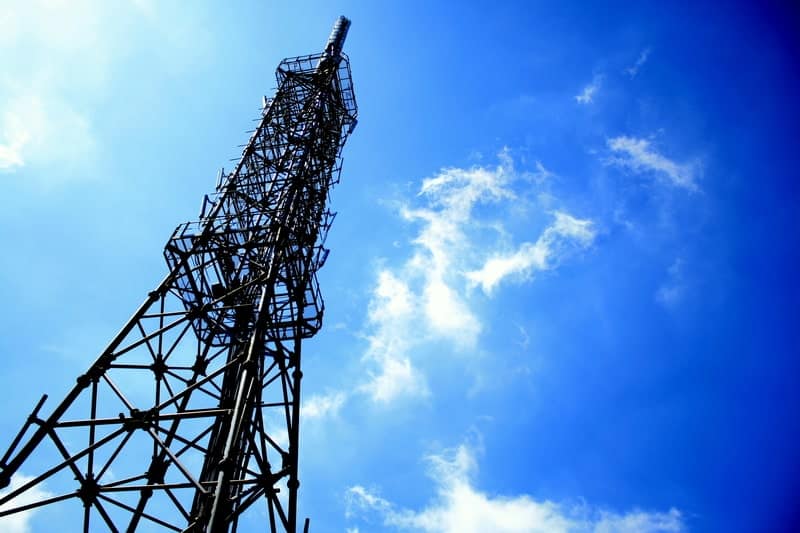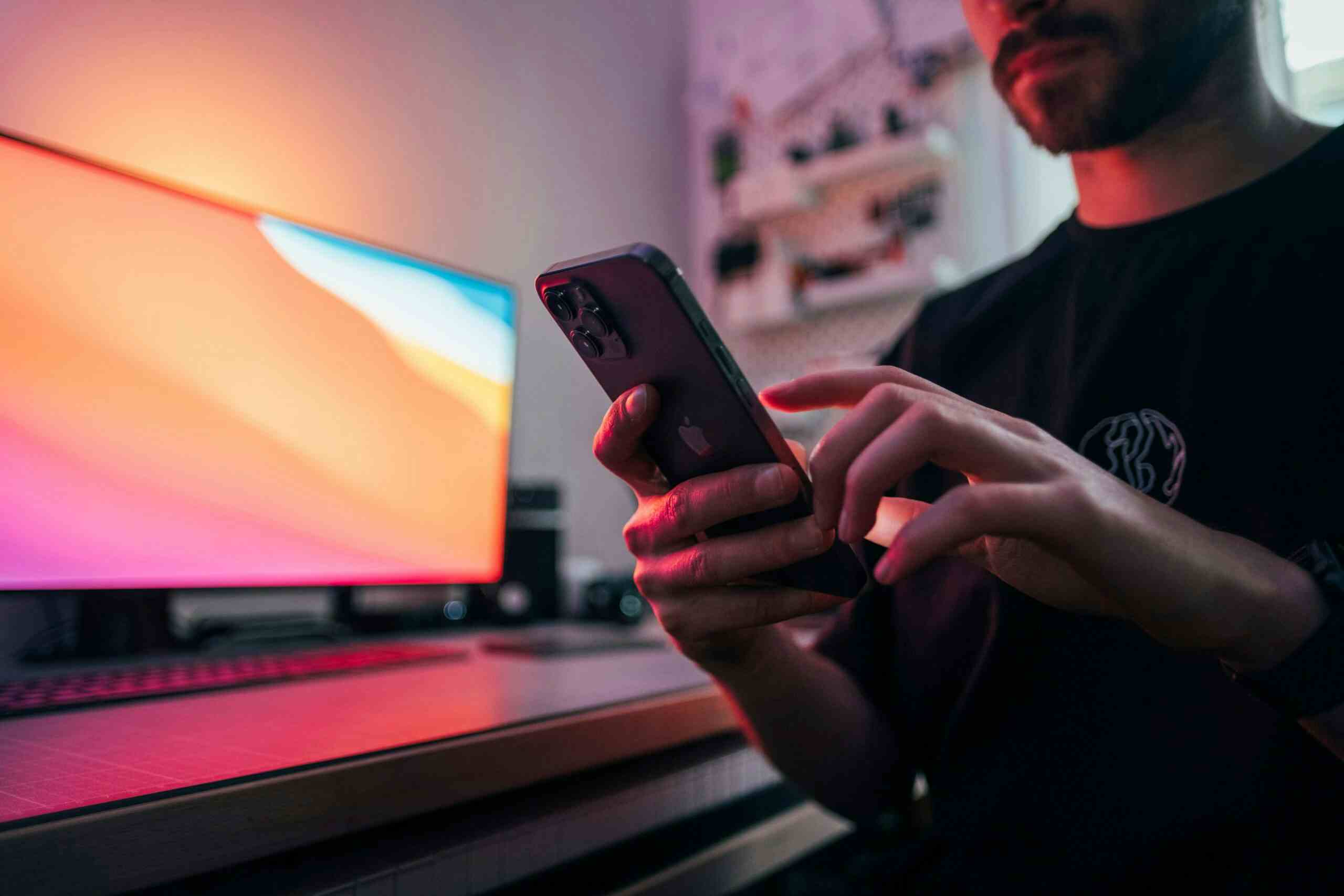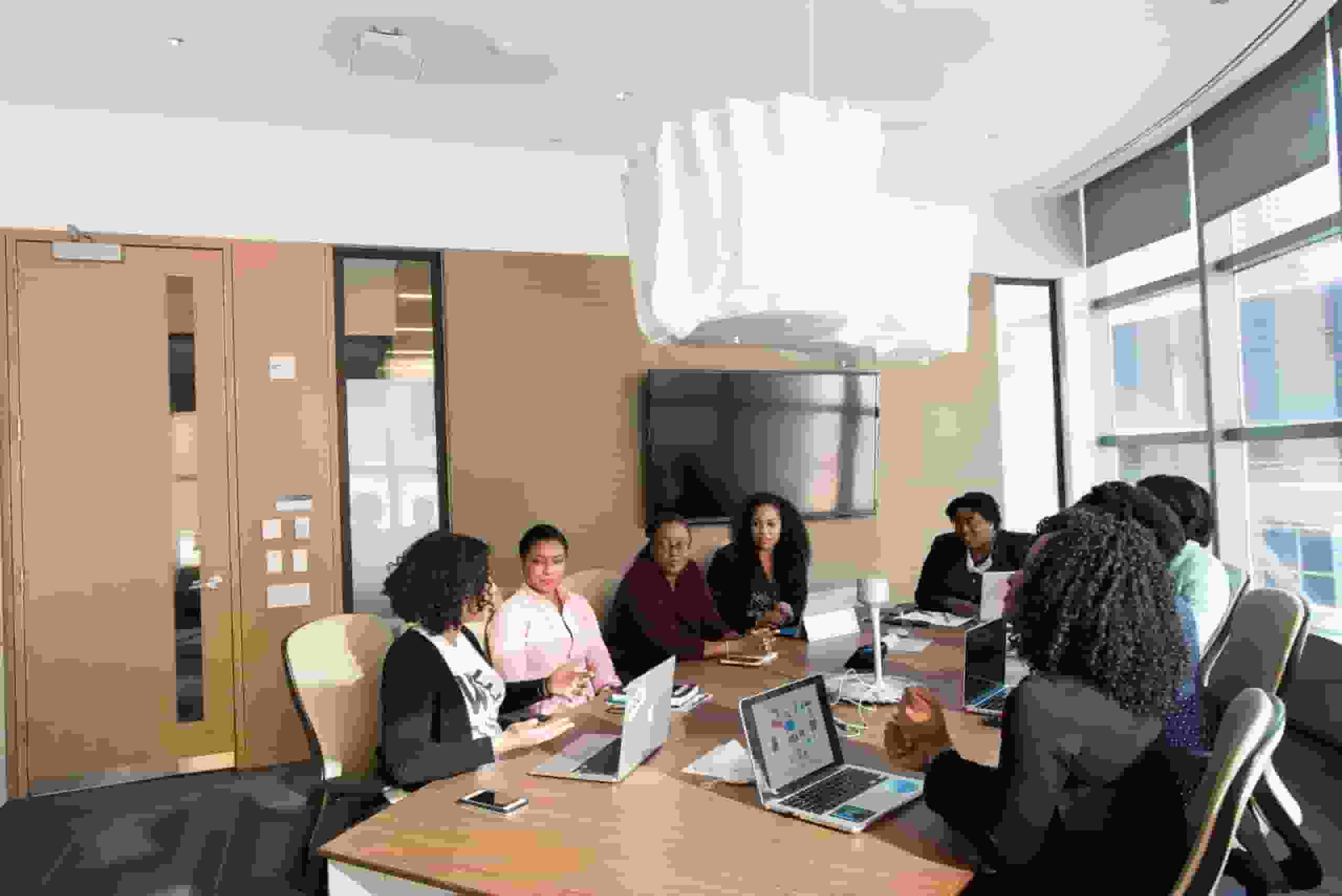Why Is My Cell Phone Not Getting Signal?
Posted on 1/4/2023 by Izzy Jack
When cell phone signals are unreliable, it’s tempting to blame your carrier’s network, especially if you’re with a major network like Verizon, for example. When your provider claims to have close to full coverage in the U.S., it can be frustrating to run into signal interruptions and to need to resort to cell phone boosters for one’s vehicle, home or business.
The truth is, though, your network may often not be at fault. There can just as easily be factors between you and your nearest cell tower that are interfering with the signal — problems that originate with the fundamentals of how cell phones work.
Wondering why your phone has no signal? Here’s a look at how cell phones work and what could be causing your signal loss.
Radio waves and cell phone signal
Since its inception at the start of the 20th century, every form of wireless communication (including the mobile phone) has depended on radio waves. Radio signals are broadcast at a range of frequencies from 3 Hz all the way up to 3 THz, with different frequency ranges being used by different kinds of technology.
Many kinds of communication technologies make use of the medium or high frequency radio signals that are best for facilitating long range communication, including cell phones.
Radio waves have limitations, though:
- Physical obstacles
- Distance
- Construction materials
- Cell tower congestion
Each of these limitations contribute to poor local cell phone coverage in ways that your carrier network can’t prevent. Let’s look at them individually.
Physical obstacles
Radio waves can be blocked or disrupted fairly easily. When they run into an obstruction, communication gets weakened or interrupted. This kind of problem is common with commercial FM radio. You’ll often notice when you pass into a tunnel or under a bridge or overpass while listening to the radio, the signal grows weaker or fades out — resuming only after you’ve cleared the obstacle.
Similarly, large geographical barriers are a major problem for cell phone signals. Fortunately, they’re relatively rare as a factor in poor cell phone reception; tower networks are built with the purpose of circumventing these kinds of barriers.
Distance
Radio waves also get weaker the further they are from their point of origin. Again, you can notice this with commercial radio carriers. Driving from one city to another, radio signals fade as you move away from them and strengthen as you move closer to them, which is precisely why different cities have their own radio stations. The technical term for this is attenuation.
Distance from your nearest cell phone tower is definitely a possible contributor to poor signal, but carrier networks with wide coverage aim to minimize this particular factor. Some companies have better coverage than others, and those limitations might need to be compensated for. This holds especially true for those living in low-service, rural areas. However, if you’re experiencing unreliable signal even with a large carrier, it’s less likely that distance is a factor.
Construction materials
Different kinds of construction materials can interfere with radio signals. Intervening metal or thick concrete walls, for example, make it harder for radio waves to get through. Moreover, they can reflect these signals so that the more devices that are active in a particular area, the more signals are traveling through the same spaces at the same frequencies, but in different directions.
This problem is called destructive interference, and it can make getting reliable cell phone signal a problem if you’re in a highly built-up area or a certain kind of building. If you’re struggling with poor reception in an urban apartment building, for example, it’s likely that the materials in the surrounding buildings (or the building you’re in) are the source of the problem.
Cell tower congestion
One problem that can originate with your network, no matter how comprehensive its geographical coverage is, is that of congestion. When there are too many signals relayed through a cell tower, signal strength and quality suffers. This kind of signal congestion often needs to be compensated for by amplifying higher-frequency signals, which brings us to how and why signal boosting works.
How weBoost can help
If you’re struggling with distance-related signal weakness or destructive interference from building materials, the good news is that you can use a cell phone booster from weBoost to improve reliability.
weBoost uses patented technology to augment your coverage: our devices collect your signal outside, amplify it and redistribute the boosted signal inside your space (whether it’s a home, vehicle or office). The booster also carries out the same process in reverse to boost communication back to your local cell tower, ensuring a consistent two-way connection.
The outcome is to enhance both your signal’s strength and its quality. A signal’s strength is the total power level with which radio waves reach your device. Its quality is what technicians call the signal-to-noise ratio (or the signal-to-interference-plus-noise ratio, or SINR), which measures how much of the signal reaching your device is being used for communication as opposed to being “noise” from other sources.
Current cell phone technology uses a specific set of radio-wave frequency bands, ranging from 700 MHz up to 2100 MHz. Most devices are designed to provide the most robust connection possible by connecting to multiple bands at once. This is what makes it possible for cell signal boosters to compensate for network congestion, by amplifying higher-frequency bands that are less likely to be affected than the lower frequencies where there tend to be more competing signals.
weBoost technology works no matter which U.S. carrier you’re using. By making your cell signal more reliable, a booster offers these key benefits:
- Consistent call quality. Dropped calls, lost connections and garbled reception are some of the most maddening problems that come with a weak signal, and an effective signal booster assures excellent call quality and stability.
- Faster data transfer. Downloading and uploading data is much faster and easier with a strong and high-quality signal.
- More economical battery use. When your phone is working more efficiently, you get more use out of it relative to the time on a battery’s charge.
FCC-approved and regulated weBoost technology powers what are called multi-carrier boosters. While there are also single-carrier boosters on the market, it can be useful to take a look at what sets these technologies apart.
Multi-carrier boosters vs. single-carrier boosters
There are three ways to measure how a cell phone signal booster delivers its benefits for your device:
- Gain is the raw measure of how much the signal is amplified from its source.
- Downlink output power is the upper limit of the signal that the booster is able to retransmit inside your vehicle or building.
- Uplink output power measures how well the nearest cell phone tower can “hear” your device’s signal.
There are boosters available that offer extremely high gain, which makes it sound superficially like they should be the strongest products on the market. Unfortunately, these kinds of boosters come with severe drawbacks: They can only be used with one carrier at a time, and their high rate of gain isn’t matched by comparable downlink and uplink output power.
weBoost technology is multi-carrier, making it more versatile if you need to switch carriers quickly. More importantly, it’s built to deliver on all three of the crucial metrics of booster performance. Those priorities are what make weBoost products some of the best-reviewed and most in-demand cell phone boosters available.
Find the cell phone booster that’s right for you
If you’re having trouble with your cell phone signal, it could be time to look into getting a signal booster that will let you enjoy more consistent and robust service. Check our website or give us a call at (866) 294-1660. weBoost can provide the technology and the expertise you need to get the most out of your mobile device.







